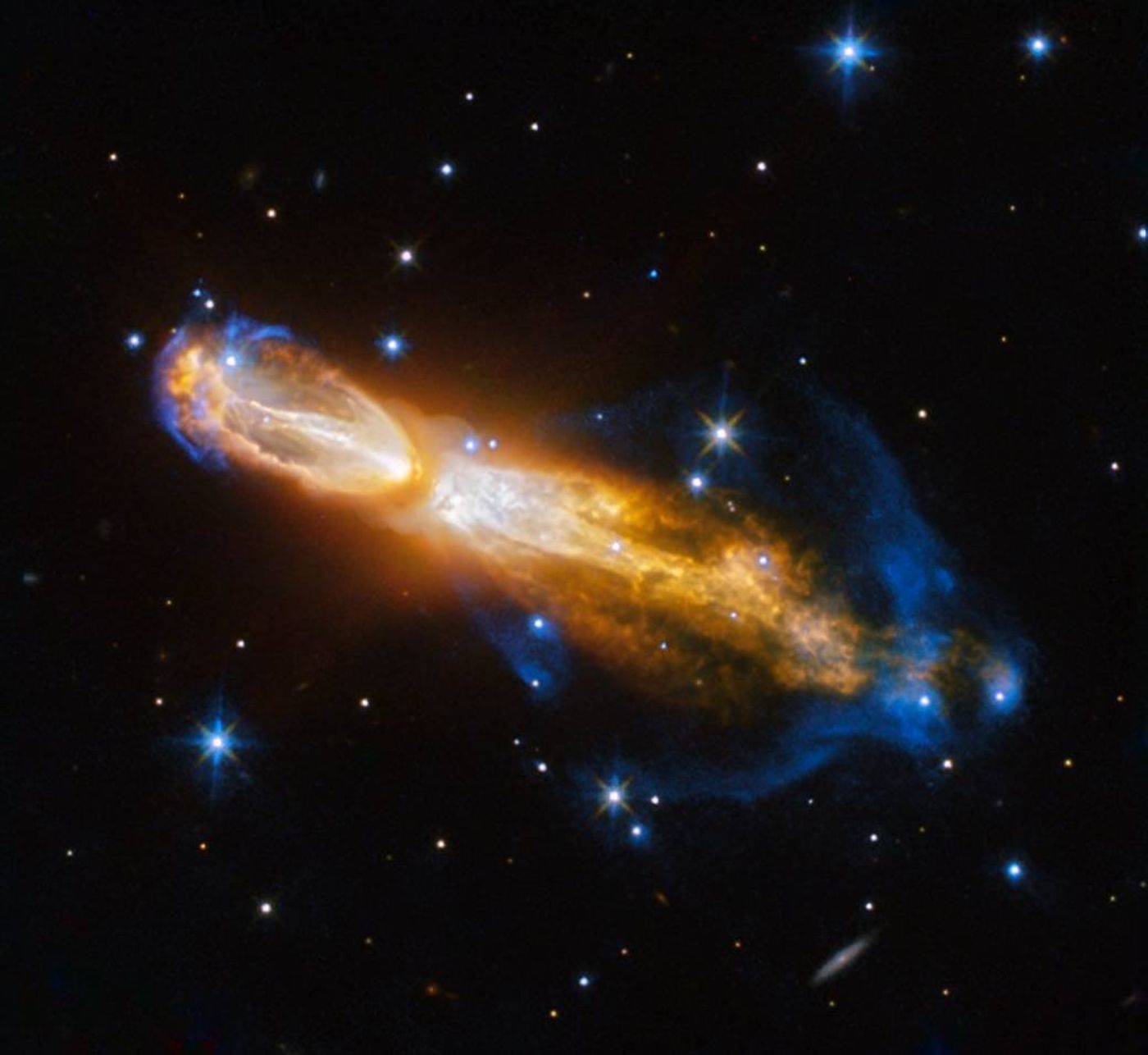Hubble Spies on a Spectacular Star Explosion
As stars reach the end of their lives, they explode. This is the process where the nuclear fusion going on inside of the star is no longer powerful enough to hold back the power of gravitational forces that want to crush the materials that make up the star.
Fusion usually stops when there is too much iron in a star, because it’s an element that’s too dense to go through the process. Fusion is most efficient when hydrogen is the main element, simply because it’s a simple element on an atomic level and it’s rarer than iron.
A star’s explosion can be catastrophic for all of its surrounding planets, but it leaves behind a spectacular show that can sometimes be observed from afar, and NASA’s Hubble Space Telescope recently spied on one coming from the constellation of Puppis, which is more than 5,000 light years away from Earth.
Image Credit: ESA/Hubble & NASA, Acknowledgement: Judy Schmidt
NASA goes on to explain that the star was a low-mass star, similar to our Sun. That said, if your Sun ever did explode, we can only guess that it would look a little something like this.
During this point in its life, it was a red giant. This basically means that the star was running out of hydrogen and building up too much iron. When the star didn’t have the guts to carry out fusion anymore, it went right into flashbang mode, and so here we can now see the star spewing material in either directions as a result of the explosion.
The two streams of material are being sent in the exact opposite directions at a speed of around 621,371 miles per hour. Comparatively, the average bullet leaves a gun’s barrel at 1,700 miles per hour, so just to put into perspective how fast this material is moving… let’s just say… FAST!
The gasses are being ejected into space and are forming what will soon be a planetary nebula.
The explosive event should all be over within the next one-thousand years or so. While that might sound long to you and I, it’s the blink of an eye in terms of astronomy; the universe is more than 13.8 billion years old.
These kinds of discoveries are exciting for astronomers because it’s not often that you get to have a front-row seat to the death of a star. Although the astronomers probably don’t have any bags of popcorn to watch the event, they are watching it carefully to try and learn something spectacular from it.
Source: NASA









